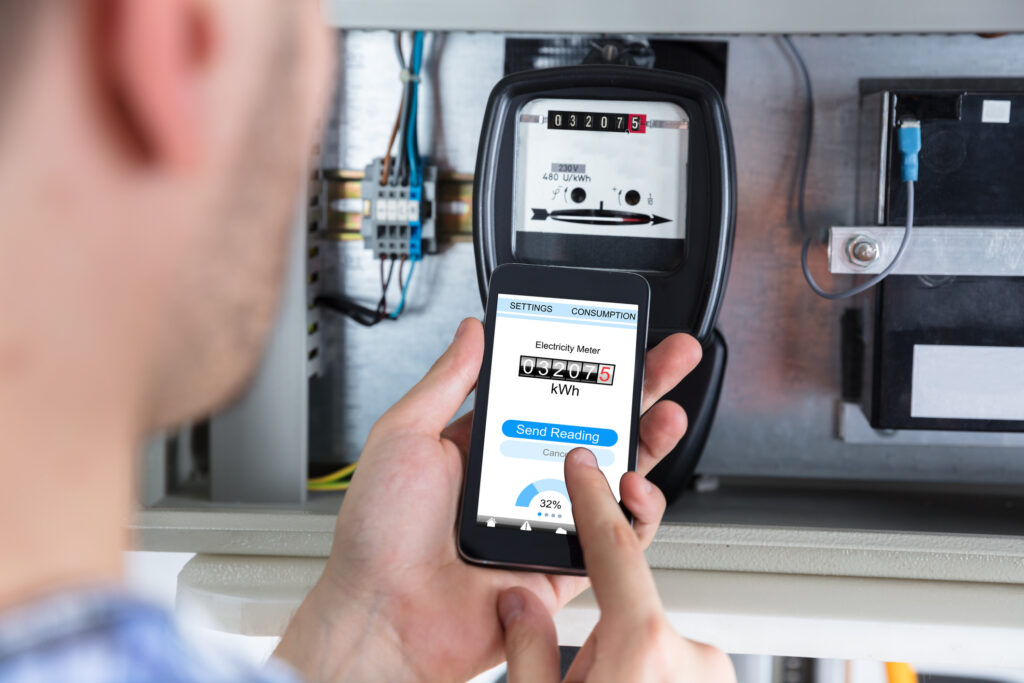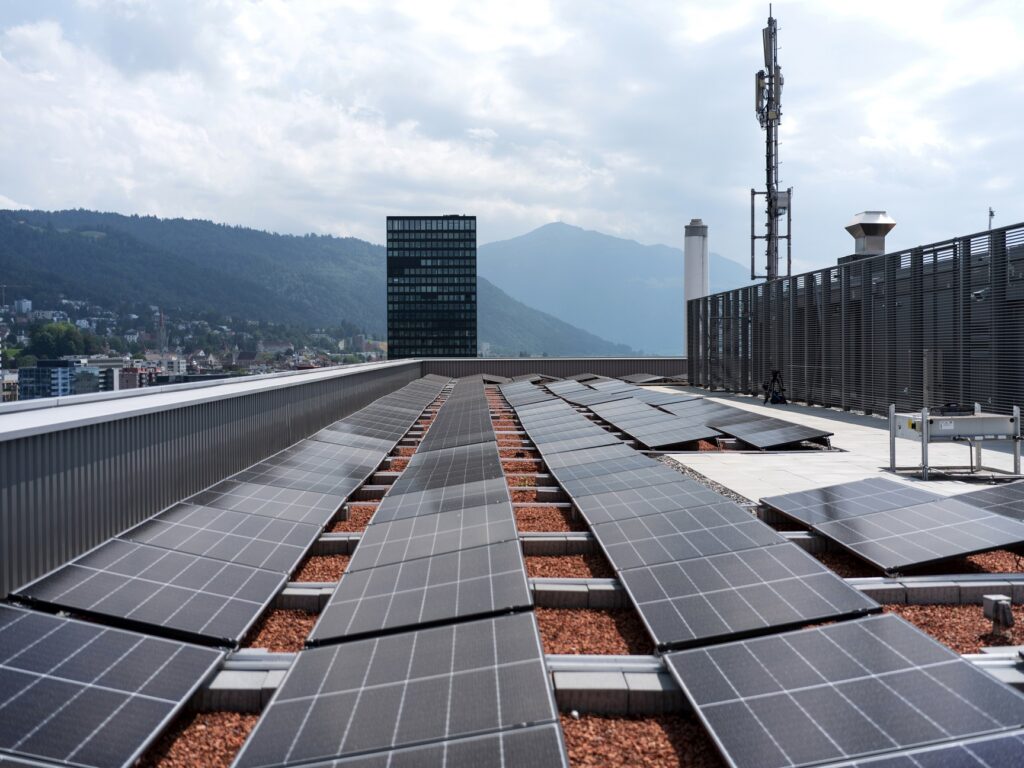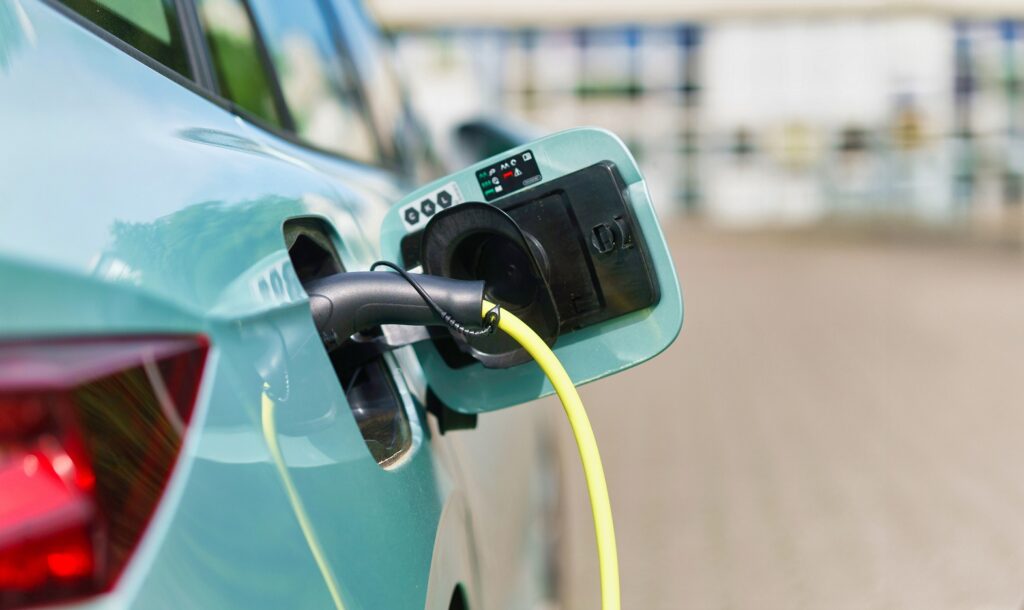Research for a successful energy transition
A presentation of selected research projects dealing with the challenges of the energy transition.
 © Siemens
© Siemens
A presentation of selected research projects dealing with the challenges of the energy transition.

Through energy transition the energy generation and distribution system is becoming increasingly decentralized, volatile and therefore more complex. This is mainly due to the increasing number of local renewable generation units (photovoltaics) and consumers in the electricity grid (heat pumps, electric cars, etc.). This constellation tackles all those involved, i.e. grid operators, energy suppliers, technology manufacturers and ultimately also customers, with major tasks, that can only be solved together. There is no single solution to this problem; instead, many different areas need to be addressed in order to master one of the greatest challenges of our time – namely maintaining the stability of the electricity grid in times of the energy transition and thus maintaining the usual high level of security of supply. In addition to the general functionality of the network infrastructure, efficient and economically viable operation is very important for the operating companies.
This is a special situation, because triggers of the problems are also part of the solution. What does that mean? On the one hand, so many new generation and consumption units are a challenge for the grid operation, that is becoming more complex and confusing as a result. On the other hand, precisely these new market participants can turn contribute to the solution – i.e. to secure grid operation.
The “magic word” in this dilemma is flexibility. The new volatility in the energy system means that the system must become more flexible in order to be able to cope better with short-term loads on the infrastructure. Many new active customers are helping, whose flexible generators, loads and storage systems contribute to stable grid operation both locally and collectively. However, these must be integrated in a grid-compatible manner – from individual PV systems or charging stations for electric cars to large-scale industrial plants. The prerequisite for this, in turn, is that the grid operation can handle and utilize the flexibilities. Enabling the existing infrastructure to interact with the new system players in the best possible way is anything but an easy task and adds a further level of complexity to the already complex new energy system. Comprehensive research efforts are needed to develop market-driven solutions based on digitalization that make it possible to get a grip on complexity. As diverse as the challenges and solutions are, the number of partnership research projects in which Siemens Austria works together with other companies, research institutes and universities are too.
 © Getty Images
© Getty ImagesECOSINT: Clever integration of energy communities into the overall system.
ECOSINT (Energy COmmunity System INTegration)
Local Energy Communities (LECs), especially in the form of renewable energy communities, have the potential to support the energy transition. Skilful integration of LECs into the overall system is necessary so the LECs can pursue their objectives while also contributing to the overall system. For example by reducing load and feed-in peaks and ensuring resilience. If integration is uncoordinated, there is a risk that LECs will have a negative impact on the overall system and impair resilience.
 © Getty Images
© Getty ImagesI4RD: Provision of flexibility from industrial plants for redispatch.
I4RD (Industry4Redispatch)
The primary aim of I4RD is to enable the provision of flexibility from industrial plants for redispatch. Redispatch is a necessary measure for congestion management at the transmission grid level in order to maintain secure operation. In the future, it is expected that bottlenecks will also be managed at distribution grid level using a form of redispatch. The project will therefore examine all the necessary technical, regulatory, economic and organizational requirements for the implementation of redispatch requirements as well as the necessary interaction and optimization/control between TSO (transmission system operator) and DSO (distribution system operator). I4RD is the first project in Austria to bring together all relevant stakeholders to find an integrated solution. This is how I4RD aims to utilize unused flexibility of industrial customers for the provision of redispatch in compliance with the requirements of the DSOs.
 © Getty Images
© Getty ImagesINNOnet: Test of load-dependent grid tariffs to determine activatable flexibility potentials for household customers.
INNOnet (interactive grid optimization and grid tariffs)
Load-dependent grid tariffs are seen as an essential contribution to achieving energy policy goals. The project anticipates this development and tests load-dependent grid tariffs to determine the flexibility potential that can be activated for household customers in real operation. The active involvement of customers also plays a key role. Furthermore, it examines aspects of the practical implementation of these future tariff structures by grid operators and supports the development of a common position of the Austrian grid industry for a feasible and efficient design of future grid tariff structures in Austria.
 © Siemens
© SiemensProSeCO: New concept for energy management systems to increase the share of renewable energies in the electrical energy system.
ProSeCO (Probabilistic Sector Coupling Optimizer)
This project is researching and developing a new concept for energy management systems (EMS) to increase the share of renewable energies in the electrical energy system. The EMS is based on a probabilistic digital twin (PDT) and optimizes the load flow between decentralized power plants and electrical loads in the electricity and heating sector. In contrast to conventional digital twins, PDT takes into account uncertainties and inaccuracies in dynamic risk models that occur at the low-voltage level due to a lack of (measurement) data. New methods for managing electrical distribution grids based on probabilistic methods are being analyzed, for example to make them easier to monitor through the targeted installation of sensors. The aim is to make reserves in the grid available for the expansion of renewable energies and at the same time increase security of supply. The research project aims to increase the acceptance of energy management solutions and enable their dissemination and further development at European level.
 © Getty Images
© Getty ImagesfriendlyCharge: Preparing low-voltage grids for the challenges arising from the electrification of the transport sector.
friendlyCharge (Enabling grid-serving charging through costumer interface in residential areas)
The transition to emission-free mobility in the entire transport sector is one of the biggest challenges of the energy transition. As e-vehicles are mainly charged at home, the current increase in e-vehicles is leading to an increased expansion of the charging infrastructure, especially in residential areas. It is therefore necessary to prepare the electricity grid (especially the low-voltage grid) for the challenges arising from the electrification of the transport sector. Currently, e-vehicle owners can generally charge at higher charging capacities (around 11 kW) without restrictions due to free grid capacity. The constant expansion of the charging infrastructure due to the increase in e-vehicles will increase the power requirement for e-mobility and its simultaneity in the future. In order to avoid resulting grid bottlenecks, solutions must be developed that forecast current grid capacities and communicate these to users. The challenge therefore lies in the implementation of grid-friendly charging based on (almost) real-time determination of grid capacities and communication between end users and grid operators.
 © Getty Images
© Getty ImagesOpenSwarm: Build a communication infrastructure for data-driven systems that enable swarm behavior.
OpenSwarm
Today, low-power wireless technology is generally used for simple monitoring applications with raw sensor data transmitted to a server at regular intervals for analysis. The aim of the project is to build a communication infrastructure for these data-driven systems that enables swarm behavior or direct interaction between participants – through collaborative and distributed intelligent nodes. This will be achieved through pioneering research and development in three technological areas and through different use cases in various domains: efficient networking and management of intelligent nodes, collaborative energy-conscious artificial intelligence and energy-conscious “swarm programming”. The Siemens use case in this project deals with energy communities, more specifically how the onboarding of new sensors, shared assets and other participants can be efficiently and easily supported by modern communication infrastructure.
These projects were funded by the Climate and Energy Fund, the Federal Ministry for Climate Action, Environment, Energy, Mobility, Innovation and Technology (BMK) and the European Union. Exept OpenSwarm, processing is carried out by the Austrian Research Promotion Agency (FFG).
In addition to hi!tech digital, the magazine is also available as a printed edition twice a year.